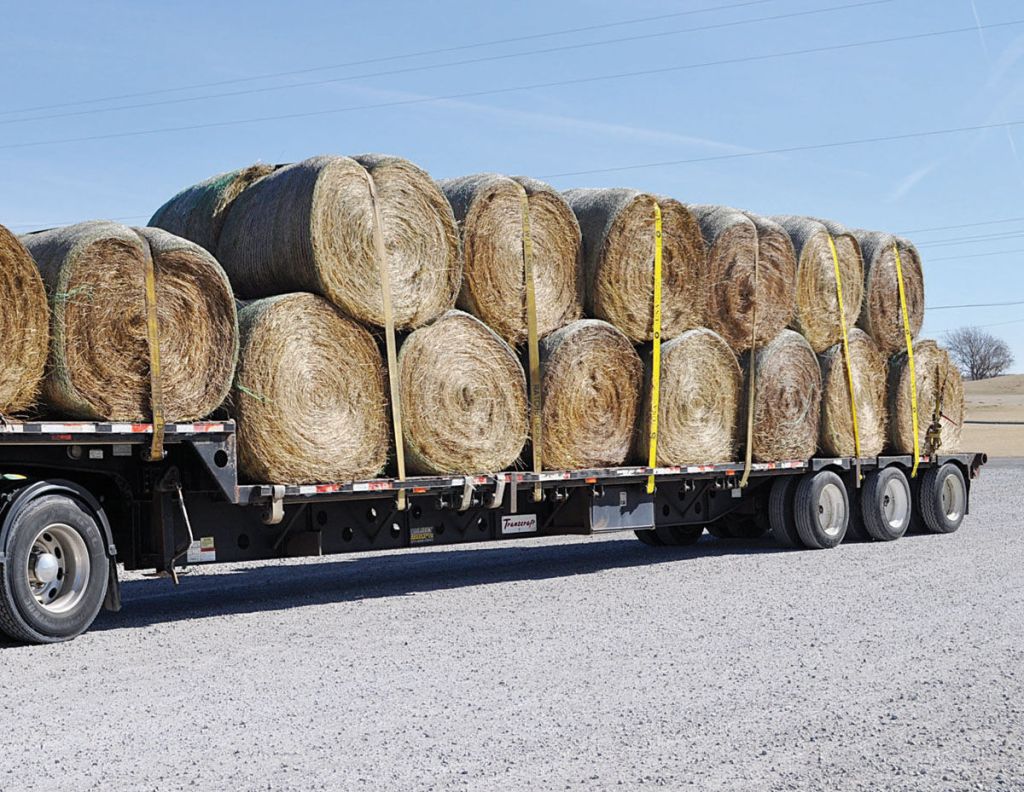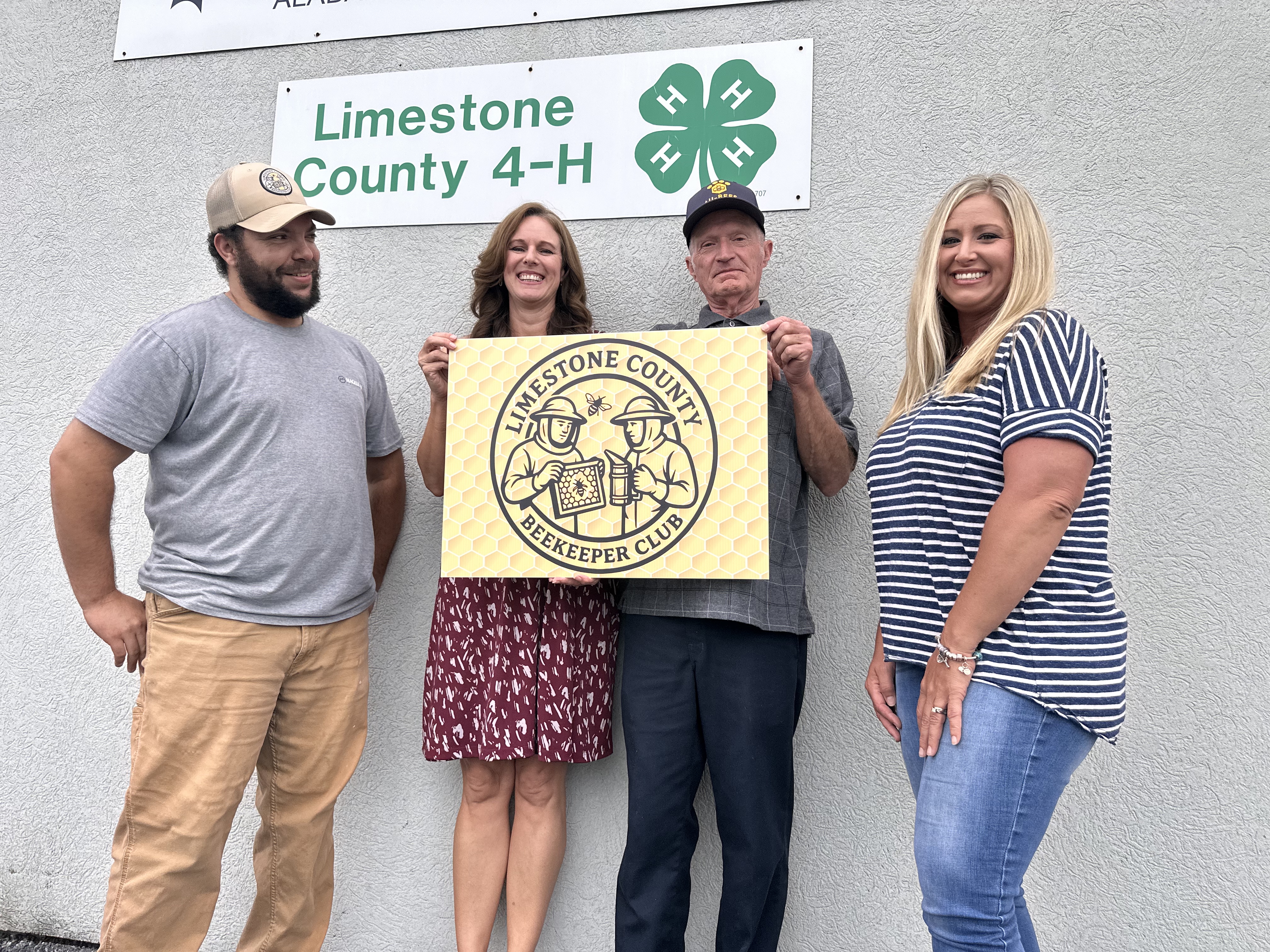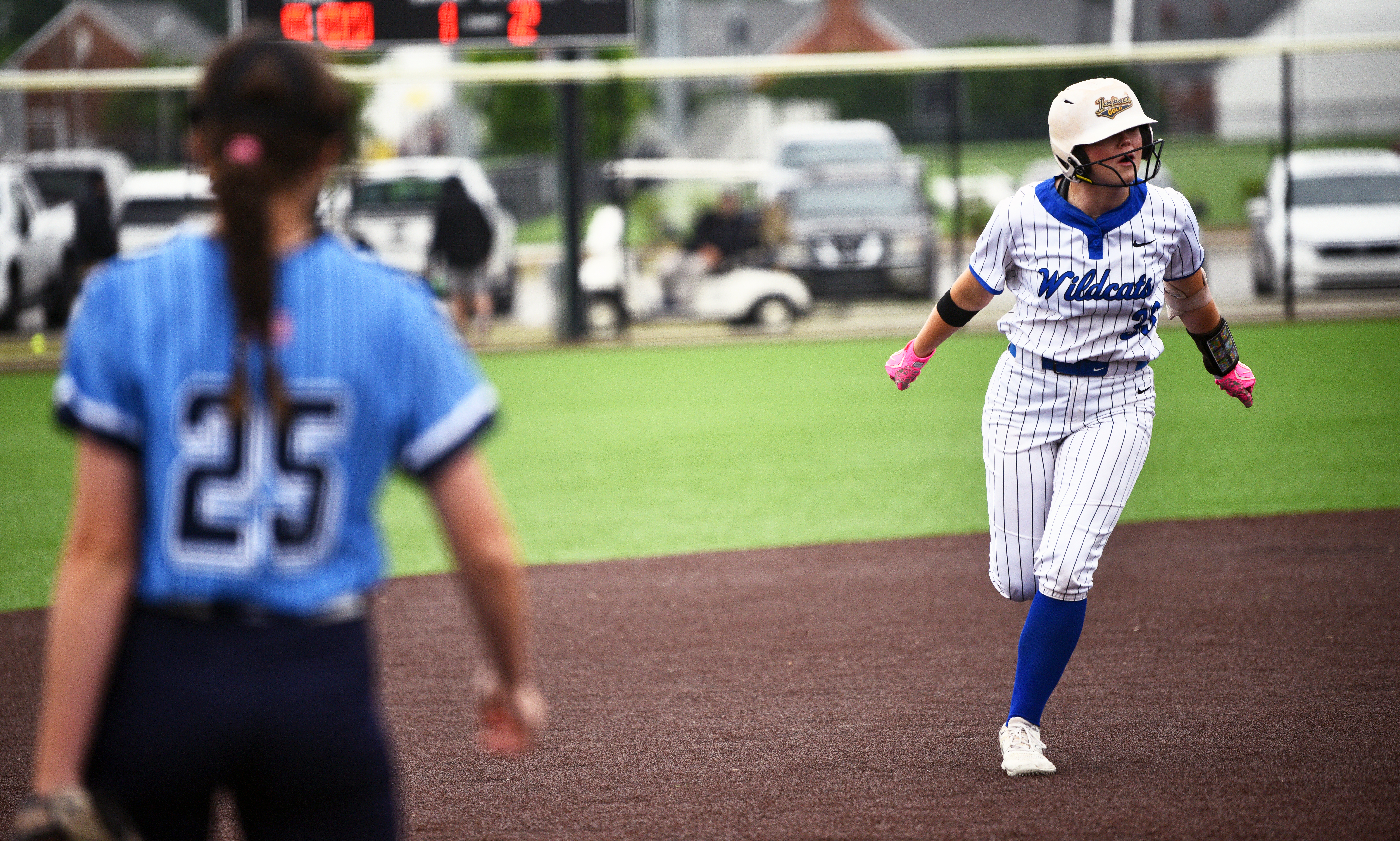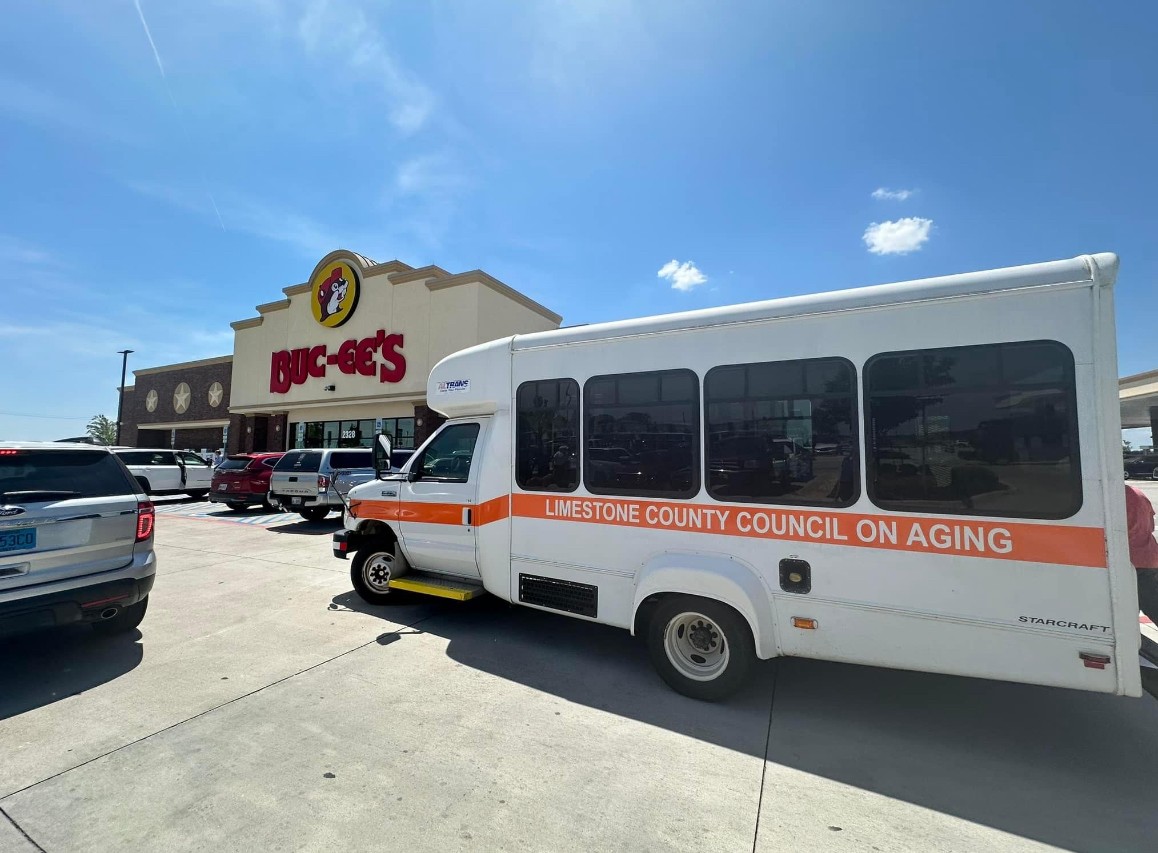COLUMN: Northwest Oklahoma is a beautifully tough place to live
Published 10:47 am Friday, March 10, 2017

- Western Equipment in Woodward, Oklahoma, is taking hay donations to ranchers who's burnt fields cannot feed their cattle.
WOODWARD, Okla. –– It’s hard for people who don’t make their living on a ranch or farm, growing crops, grassland and cattle to understand how this week’s fires in have devastated residents in Oklahoma.
Last night I had someone who does not live here call me and try to console me by saying, “Well, ash is good for the grass.” All I could say to that was, “Wha?”
I realized that trying to explain this to people who live in cities or other areas where the basics of life are less complicated is like trying to explain the battlefield in Iraq to people who have never had to experience that. It’s not their fault. They simply have no frame of reference.
But if you live here in this vast and wild land you know how beautifully tough this place can be to make a living.
Those who have made their lives here for sure understand how this week’s tragic fires, dubbed the Northwest Oklahoma Complex Fires by the Oklahoma Forestry Service, have caused such a wretched tragedy including human death, immeasurable animal suffering, environmental disaster and financial devastation.
On Tuesday morning at about 6:30 a.m., after the so-called 283 fire swept across Northwest Oklahoma, I found one of my ranching friends standing in a sea of downed fence in a lonely, remote section of highway. He was trying to splice one wire. He would expertly splice the barbed wire, tighten the wire with a set of fence stretchers and then move to the next. It struck me as a man trying to move a mountain one rock at a time.
I asked him, with cattle hopelessly dying just down the road, miles of fencing down and fires still threatening, how he managed to decide what to do first.
He said, “I think the best thing I can do with my time right now, in this minute, is try to keep the cattle I have left off the highway. And as far as what to do first, well, I just pick up the piece of broken wire closest to me and start splicing.”
His lip was cut and bleeding from getting swiped by a stray strand of barbed wire but he didn’t seem to notice. When he talked, there were tears in his voice, but none reached his eyes. Down the road from where he was, a small black, white-faced calf stood over his dying mother and bawled.
Approximately 833,000 acres have burned in Northwest Oklahoma and Kansas, and 350,000 acres have burned in the Texas Panhandle. There have been at least six human deaths attributed to the fires.
But it gets worse.
These fires didn’t only cause immediate losses of life, homes and cattle, which was bad enough in its own right. They also caused the loss of the future for some ranchers who now have nowhere to pasture their cattle even if they did have fences. Add to that the loss of enormous stack yards of hay that ranchers could have used to feed their cattle and you begin to just scrape the surface of the enormity of this disaster. It’s a calamity that will be felt in my community for years to come.
The fires caused the loss of habitat for wildlife. And now, because there is no vegetation to hold the soil, the wind is carrying away the topsoil so that any grass that might try to poke through cannot get a good rooting system before it is blown and carried away.
All of that is saying nothing of the emotional trauma churning deep in the guts of ranchers and their families who, still on Wednesday and Thursday, were discovering cattle so injured and suffering they had to be shot, a type of pain I can’t convey and won’t even try.
Because of its location in the United States, Northwest Oklahoma suffers in the winter from angry “northers” that scramble out of Kansas and Colorado, biting man and animal alike with mean, killing frost. In the summer, wind like 1,000 growling shop heaters comes from the south, scorching anything that was ever green for a moment. Our area averages about 16 inches of rain per year.
We are a target for tornadoes, ice storms, blizzards, lightning storms, dust storms, fire storms and even grasshopper swarms – and the final insult – earthquakes.
And yet, there is just something about it that makes us stay. Maybe it’s because of those rare, still evenings here, when a light breeze lifts the scent of rain-soaked sage as you stand outside watching the sun dip, all pink and blue into the western sky. Yes, that must be it.
My neighbors are people who are sleeping less than three to four hours a night right now, as they doctor animals suffering from smoke inhalation, fixing water pumps and burned windmills and flattened fences, and all the while, life goes on with normal duties.
This morning, when I stepped out my door where I live in the Panhandle, it smelled like an ashtray. In a few more days, the odor of decaying flesh will encompass the area from the hundreds of burned cattle, horses and wildlife.
I painted this picture because it is important for people to understand the depth of torment that is happening out here, and how beautiful, yet tough this place can be live in.
Van Horn writes for the Woodward, Oklahoma News.
A relief fund for those affected by the wildfires has been established by the Oklahoma Cattlemen’s Foundation, a charitable arm of the Oklahoma Cattlemen’s Association. The organization works to support and defend the state and country’s cattle industry





